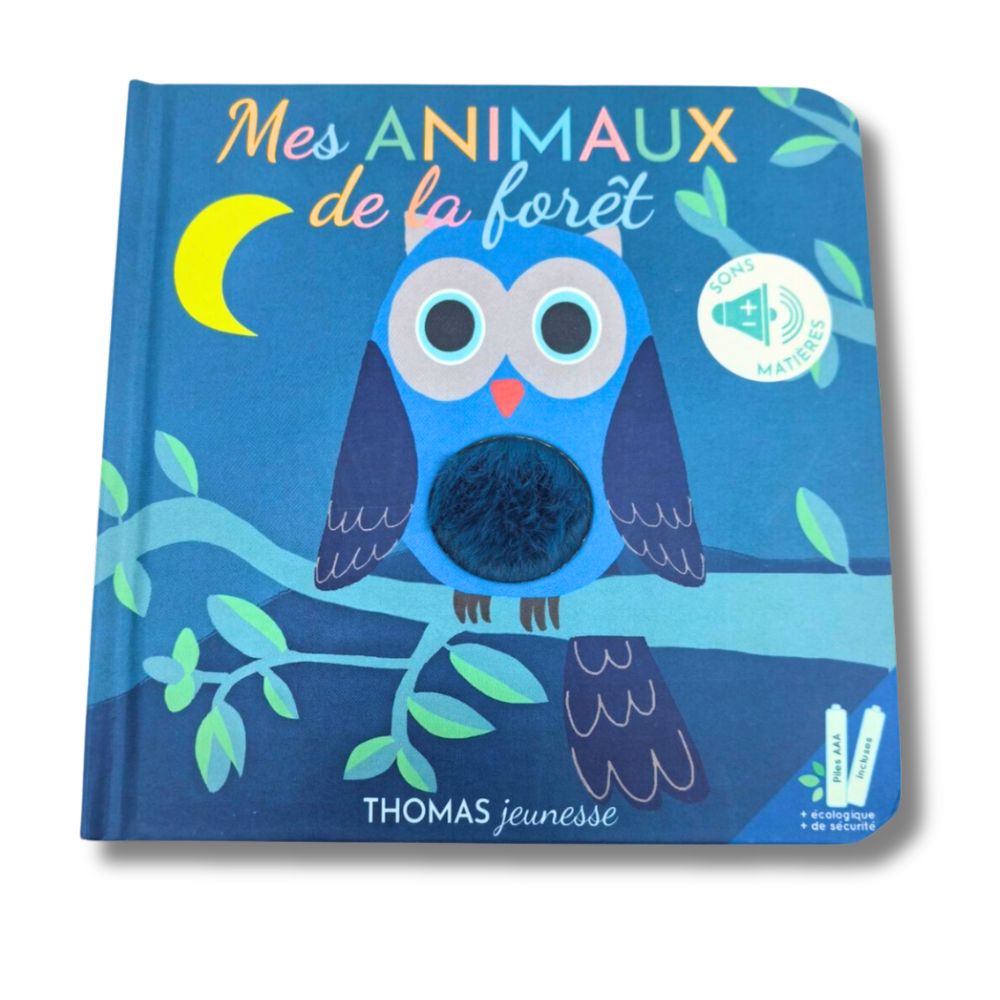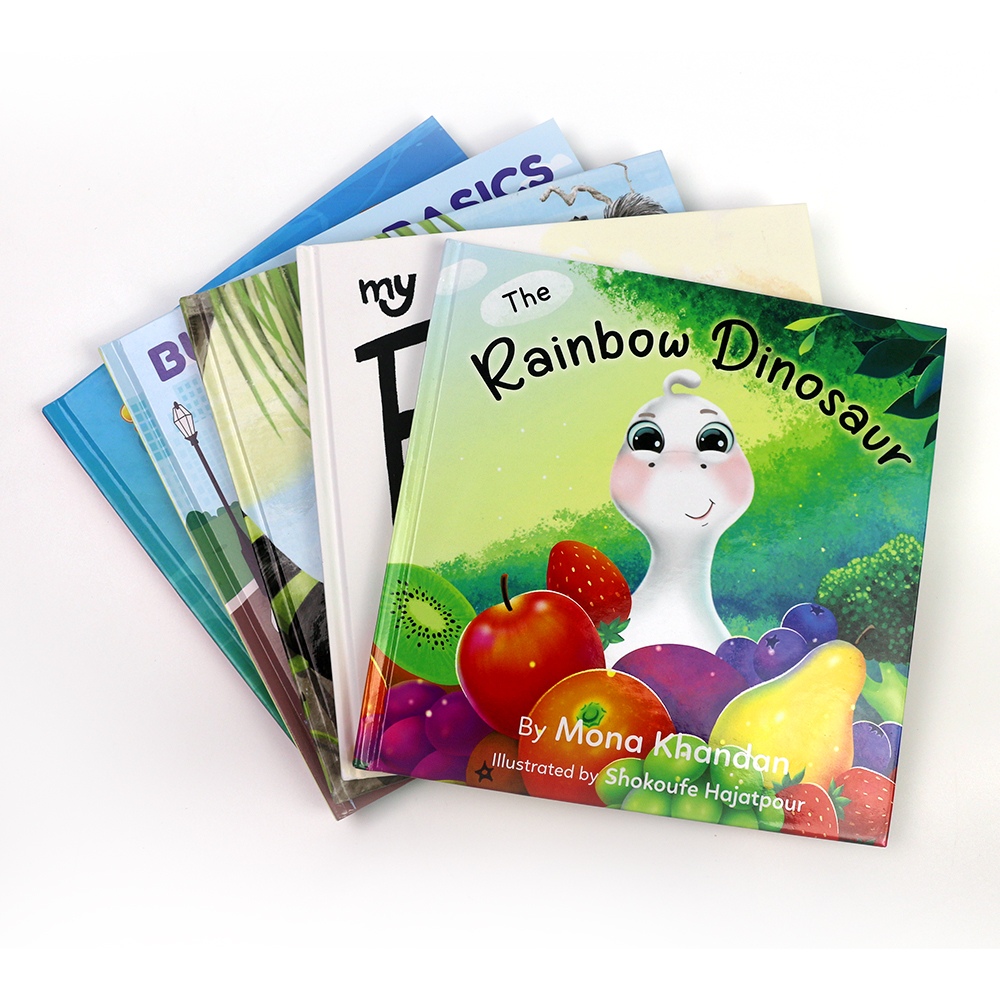چرا کتاب های چاپی محبوب شدند؟
در دنیایی که صفحه نمایش بر زندگی روزمره حاکم است، کتاب های چاپی جایگاه خود را به عنوان یک رسانه محبوب حفظ کرده اند. مطالعه مرکز تحقیقات Pew در سال 2020 نشان داد که با وجود افزایش کتابهای الکترونیکی و صوتی، خوانندگان همچنان چاپ را به فرمتهای دیجیتال ترجیح میدهند. این مقاله به بررسی این موضوع میپردازد که چرا کتابهای چاپی همچنان به طنیناندازی خود ادامه میدهند و به تجربه حسی منحصربهفرد، مزایای شناختی و جذابیت عاطفی آنها نگاه میکنند. ما همچنین در نظر می گیریم که چگونه خوانندگان می توانند از کتاب های چاپ شده به شیوه های تازه لذت ببرند و نقش کتابفروشی های مستقل و پلتفرم های جدید در زنده نگه داشتن چاپ.
فهرست مطالب
1. چرا کتابهای چاپی انتخاب ارجح باقی می مانند؟
کتابهای چاپی همچنان بیشترین فروش کتاب را تشکیل میدهند و مطالعات نشان میدهد که خوانندگان از ماهیت لمسی و شخصی کتابهای فیزیکی حمایت میکنند. بر اساس نظرسنجی Pew Research در سال 2020، 74% از بزرگسالان بین 18 تا 29 سال چاپ را به فرمت های دیجیتال ترجیح می دهند، و این نشان می دهد که جذابیت چاپ نسل ها را در بر می گیرد. این ترجیح فقط مربوط به سنت نیست. این به توانایی چاپ برای تقویت یک تجربه خواندن متمرکز و همه جانبه اشاره می کند که بسیاری برای دستیابی به آن با فرمت های دیجیتال دشوارتر هستند.
2. درگیر کردن تمام سنین: جذابیت منحصر به فرد چاپ در بین نسل ها
در تمام گروههای سنی، ترجیح کتابهای چاپی ثابت است، اما هر نسل دلایل منحصر به فردی برای گرایش به چاپ دارد. بزرگسالان جوانتر از جنبههای حسی لذت میبرند و خواندن را تجربهای میدانند که فراتر از متن است. بزرگسالان مسن، که بسیاری از آنها کمتر به دستگاه های دیجیتال عادت دارند، اغلب با چاپ احساس راحتی و نوستالژی عمیق تری دارند. برای هر گروه، کتابهای چاپی شکل خاصی از تعامل را ارائه میکنند که رسانههای دیجیتال تلاش میکنند آن را تکرار کنند، با عمل حسی ورق زدن صفحات که سفر احساسی خواندن را تقویت میکند.
3. جذابیت کتابهای چاپی برای خوانندگان جوان
برای کودکان، کتاب های چاپی تجربه ای بی بدیل را ارائه می دهند. کتابهای تصویری با قالبهای بزرگ، تصاویر رنگارنگ و بافتهای تعاملی، خوانندگان جوان را جذب میکنند که کتابهای الکترونیکی نمیتوانند. تحقیقات نشان می دهد که تنها حدود 41 TP3T از کتاب های کودکان به صورت دیجیتالی منتشر می شود که نشان دهنده ترجیح کتاب های فیزیکی در این گروه سنی است. فرآیند لمسی ورق زدن صفحات به خوانندگان جوان کمک می کند تا دامنه توجه بهتر، آگاهی حسی و مهارت های سواد اولیه را توسعه دهند. والدین و مربیان نیز چاپ را برای کودکان ترجیح می دهند، زیرا گزینه ای بدون صفحه ارائه می دهد که تعامل و درک عمیق تر را تشویق می کند.
4. فواید محسوس و شناختی کتابهای فیزیکی
کتابهای چاپی چیزی بیش از خواندن مطالب را فراهم میکنند. آنها حواس را درگیر می کنند و به خوانندگان کمک می کنند تا اطلاعات را حفظ کنند. احساس صفحات، عمل چرخاندن آنها، و حتی عطر کاغذ، همگی به تجربه ای چندحسی کمک می کنند که فرمت های دیجیتال فاقد آن هستند. مطالعات نشان می دهد که کتاب های فیزیکی به دلیل توانایی آنها در ایجاد "نقشه های شناختی" به حافظه و درک مطلب کمک می کنند. خوانندگان به احتمال زیاد به یاد میآورند که کجا اطلاعات خاصی را در یک صفحه میخوانند و حس طبیعی مکان را در کتاب ایجاد میکنند که درک و حفظ آن را افزایش میدهد.
5. به دنبال استراحت: چگونه کتاب های چاپی به ما کمک می کنند تا از خستگی صفحه فرار کنیم
در عصر اتصال مداوم، کتابهای چاپی راه فراری تازه از خستگی دیجیتالی را ارائه میدهند. کار بر روی صفحه نمایش در طول روز میتواند منجر به خستگی چشم، سردرد و استرس شود و رگبار دائمی اعلانها و تبلیغات توجه ما را بیشتر کند. در مقابل، کتابهای چاپی، تجربهای آرام و بیوقفه از خواندن را فراهم میکنند و به خوانندگان این امکان را میدهند تا بدون حواسپرتی دنیای دیجیتال، کاملاً خود را در داستان غوطهور کنند. این زمان بدون صفحه نمایش برای رفاه ذهنی ضروری است، و کتاب های چاپی را به منبعی ارزشمند برای کسانی که به دنبال آرامش و تمرکز هستند تبدیل می کند.
6. افزایش فروش: چرا کتاب های چاپی هنوز قوی هستند
همهگیری 2020 عادات مطالعه را تغییر داد و باعث شد افراد بیشتری برای راحتی، سرگرمی و حواسپرتی از تماشای مداوم صفحه نمایش به کتاب روی بیاورند. فروش کتابهای چاپی افزایش یافت زیرا خوانندگان به دنبال خلاصی از خستگی دیجیتال بودند و بسیاری از آنها علاقهای دوباره به فیزیکی بودن کتابها پیدا کردند. کتابهای فیزیکی فرصتی را برای قطع کامل ارتباط، درگیر کردن حواس و لذت بردن از سادگی ورق زدن صفحات ارائه میدهند. این روند نشان دهنده قدردانی فزاینده از تجربه ملموس و آگاهانه ای است که چاپ ارائه می دهد و آن را از فرمت های دیجیتال متمایز می کند.
7. چگونه خرده فروشی کتاب با تقاضای مدرن سازگار است
با محدودیتهای همهگیر که خرید در فروشگاه را محدود میکرد، چشمانداز خردهفروشی کتاب به سرعت سازگار شد. خردهفروشهایی مانند Waterstones و Foyles در بریتانیا اکنون توصیههای شخصی و انتخابهای آنلاین انتخاب شده را برای بازسازی تجربه مرور در فروشگاه ارائه میدهند. این تنظیمات دیجیتال، خوانندگان را با نسخههای جدید مرتبط نگه میدارد و هیجان کشف جواهرات پنهان را مانند مرور قفسههای فیزیکی ارائه میدهد.
8. کتابفروشی های مستقل و بسترهای آنلاین جدید برای دوستداران کتاب
کتابفروشی های مستقل همچنان نقشی حیاتی در صنعت کتاب چاپی ایفا می کنند و حس اجتماعی و تماس شخصی را ارائه می دهند. این فروشگاهها در طول همهگیری همهگیر به سرعت سازگار شدند و تحویل، وانت در کنار خیابان و حتی رویدادهای مجازی را ارائه میکردند. پلتفرمهایی مانند Bookshop.org که با ارائه جایگزینی برای آمازون از فروشگاههای محلی پشتیبانی میکنند، محبوبیت خود را افزایش دادهاند. این پلتفرم ها با اجازه دادن به خوانندگان برای حمایت از کسب و کارهای کوچک به صورت آنلاین، به حفظ جذابیت و تنوع کتابفروشی های مستقل در دنیای دیجیتال کمک می کنند.
9. آینده کتاب های چاپی در عصر دیجیتالی فزاینده
موفقیت مداوم کتاب های چاپی نشان دهنده قدردانی ماندگار برای جذابیت حسی، مزایای شناختی و ارتباطات عاطفی آنهاست. از آنجایی که پلتفرمهای آنلاین به طور فزایندهای برای سلیقههای فردی طراحی میشوند و کتابفروشیها با عادات خرید جدید سازگار میشوند، آینده برای چاپ همچنان امیدوارکننده است. برای خوانندگانی که به تجربه همهجانبه و بدون صفحه نمایشی که کتابهای چاپی ارائه میدهند ارزش قائل هستند، حضور دائمی کتابهای چاپی یک امر خوشایند و آرامشبخش است.
نتیجه: جذابیت ماندگار کتابهای چاپی
کتابهای چاپی تجربهای منحصربهفرد و غیرقابل جایگزینی را ارائه میکنند که عمق، تمرکز و تعامل را ارائه میدهد. در عصر دیجیتال پر سرعت، محبوبیت مداوم آنها یادآور لذت و آرامشی است که کتاب های فیزیکی می توانند به ارمغان بیاورند. برای بسیاری، خواندن یک کتاب چاپی فراتر از صرف محتوا است. این یک فرار به دنیای ایده ها و داستان ها است که از طریق رسانه ای تجربه می شود که حواس را درگیر می کند و تفکر را تشویق می کند.
سوالات متداول
Q1: چرا کتاب های چاپی جذاب تر از کتاب های دیجیتال هستند؟
الف: کتابهای چاپی تجربهای لمسی را ارائه میدهند که فرمتهای دیجیتال فاقد آن هستند. عمل در دست گرفتن کتاب، احساس کاغذ و دیدن پیشرفت بصری به خوانندگان کمک میکند تا عمیقتر با محتوا ارتباط برقرار کنند و درک و حفظ را تقویت کنند.
Q2: آیا کتاب های چاپی نسبت به دستگاه های دیجیتال از نظر زیست محیطی پایدارتر هستند؟
الف: در حالی که هر دو اثرات زیست محیطی دارند، کتاب های چاپی اغلب قابل بازیافت هستند و به برق یا باتری متکی نیستند. کتابی که به خوبی از آن مراقبت شده باشد می تواند نسل ها دوام بیاورد و نیاز به تعویض مکرر دستگاه های دیجیتال را کاهش دهد.
Q3: چگونه می توانم کتاب های جدید را خارج از توصیه های آنلاین پیدا کنم؟
الف: بازدید از نمایشگاههای کتاب محلی، پیوستن به کلوپهای کتابخانه و شرکت در رویدادهای نویسنده، راههای جذاب و آفلاینی را برای کشف کتابهای جدید فراهم میکند. این تجربیات شما را با کتابها و دیدگاههایی آشنا میکند که ممکن است در توصیههای دیجیتالی مطرح نشوند، و این کشف را شخصیتر و معنادارتر میکند.
چاپ کتاب
محصولات جدید
آخرین وبلاگ

راهنمای جامع چاپ کتاب مارپیچ
اگر به دنبال خودنشر هستید، یکی از دغدغه های اصلی شما یافتن گزینه های اقتصادی برای چاپ کتاب است.

هزینه چاپ یک کتاب رنگ آمیزی چقدر است؟
آیا شما هنرمند یا نویسنده ای هستید که مشتاق تبدیل ایده خلاقانه کتاب رنگ آمیزی خود به محصولی ملموس هستید؟

با چاپ کتابچه سفارشی، بازاریابی خود را ارتقا دهید
اگر به دنبال خودنشر هستید، یکی از دغدغه های اصلی شما یافتن گزینه های اقتصادی برای چاپ کتاب است.

هزینه چاپ یک کتاب کمیک چقدر است
ایجاد یک کتاب کمیک فقط یک پروژه نیست. این یک اشتیاق است که داستان سرایی، هنرمندی و روحیه کارآفرینی را با هم ترکیب می کند. برای بسیاری از هنرمندان و نویسندگان،
تماس با ما
- +86 13946584521
- info@booksprinting.net
- 8:00 - 22:00 (دوشنبه - یکشنبه)
برچسب ها
نظرات
وبلاگ مرتبط
جدیدترین گرایش ها و دانش رایج در تجارت چاپ کتاب را بیابید.

7 مزیت قانع کننده استفاده از خدمات حرفه ای چاپ کتاب
در دنیای ادبیات، کیفیت تولید یک کتاب می تواند تاثیر بسزایی در موفقیت آن داشته باشد

چاپ چگونه هزینه کتاب را کاهش داد؟
چه نویسنده مشتاقی باشید که قصد چاپ اولین رمان خود را دارد، چه کسب و کاری که یک کاتالوگ محصول تهیه می کند، یا هرکسی که به چاپ حرفه ای کتاب نیاز دارد،

چاپ رمان با جلد گالینگور چه فوایدی دارد
در همان ابتدای سفر خود به عنوان یک نویسنده یا ناشر، احتمالاً تصمیمات متعددی در مورد طراحی، تولید و ارائه کارتان غرق خواهید شد.

حفظ خاطرات و نمایش آثار با چاپ کتاب عکس با کیفیت
اگر به دنبال خودنشر هستید، یکی از دغدغه های اصلی شما یافتن گزینه های اقتصادی برای چاپ کتاب است.





